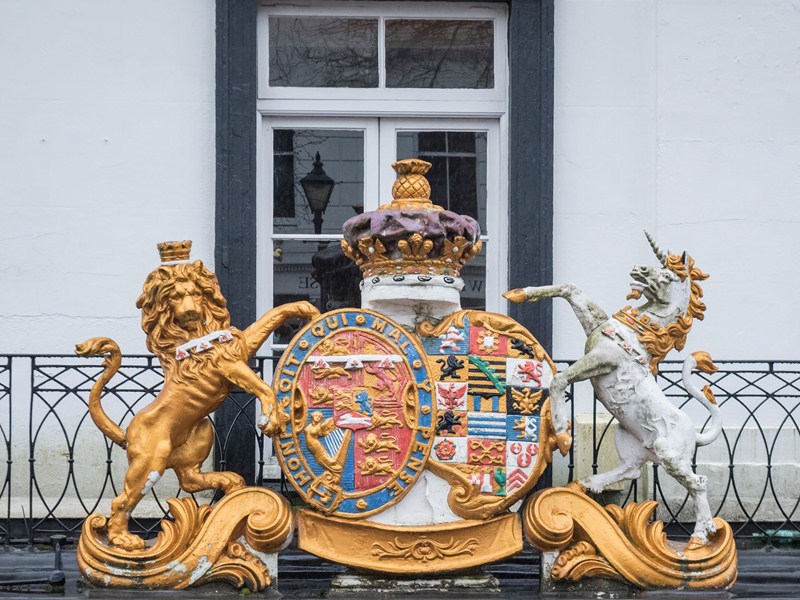Ever wondered what puts the ‘royal’ in Royal Tunbridge Wells? Here’s why the town holds its prestigious prefix
The designation ‘Royal’ is a rare and prestigious title, with Tunbridge Wells one of only three towns to be so recognised in England. It shared the honour with Leamington Spa for 100 years, until the third award was granted to Wootton Bassett seven years ago. There are some boroughs with the ‘Royal’ prefix but only three towns.
Tunbridge Wells received its royal appointment in 1909 from King Edward VII because of his mother Queen Victoria’s patronage of the spa in the town – Leamington had previously been conferred the title by Victoria in 1858.
It’s thought Victoria’s first train journey was to the town, and a favourite haunt of hers was Calverley House – which is now Hotel Du Vin. Another favourite place to stay as a princess was The Royal Wells Hotel, where she granted the use of her coat of arms.
The reigning monarch decides who should receive the royal accolade in response to petitions received from the Prime Minister or the Cabinet. They act upon applications from towns and cities, but it can also come from boroughs, hospitals and businesses. The change of name is legally valid on the day when the sovereign signs and seals a Letters Patent.
The wells of Tunbridge Wells were originally named the ‘Queen’s Wells’, and were visited by royals including Queen Henrietta Maria in 1630, followed by Princess Anne, who became Queen in 1702.
More recently, Prince Harry is thought to have visited the town on several occasions, and it’s also been revealed that his fianc� Meghan Markle has local connections – she’s a relative of Winston Churchill who famously lived in nearby Westerham.








